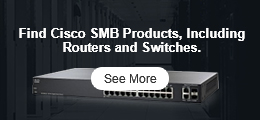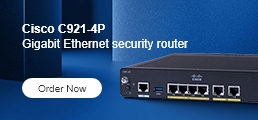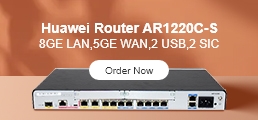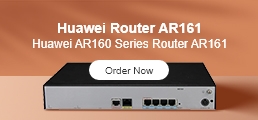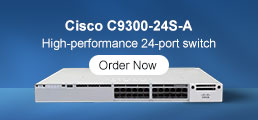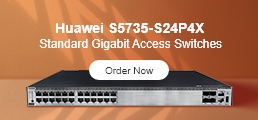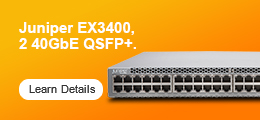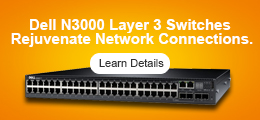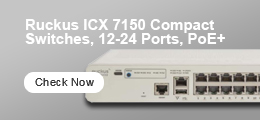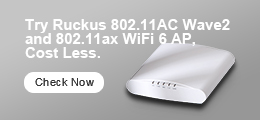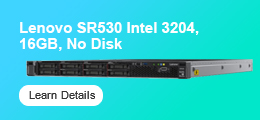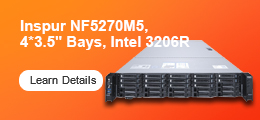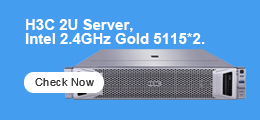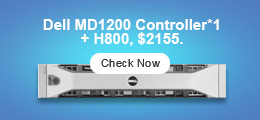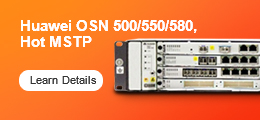There are different types of Firewalls available in the market and we can use it accordingly based on the requirement.
1.Packet Filtering Firewall: It operates inline junction, which comprises of switches and routers. During data transmission it checks various aspects of data such as whether the Ip address is allowed or not, port number, packet type and other aspects. During this checking process packets which are flagged as troublesome shall be filtered and shall not be moved further.
2.Stateful Inspection Firewall : Stateful Inspection Firewall tracks whether the packet is a part of Transmission protocol or not. It checks the network protocols rather than the packet inspection.
3.Circuit Level GateWay: Circuit level gateway monitors the Transmission Control Protocol (TCP) handshakes and also the protocol initiation messages throughout the network. It is established between the local and the remote host.
4.Next Generation Firewall (NGFW) : The next generation firewall performs multitasking: it inspects the packets, detects and filters the malware and it acts as an antivirus. It is a combination of packet inspection and stateful inspection.
5.Application Level gateway: It is a proxy and at times it is referred as Proxy Firewall. It is a combination of packet filter firewalls and circuit level gateway. They not only filter the data packets according to the services they are intended but also check HTTP string as well.
How do the different types of firewalls work?
Firewalls are inserted inline across a network connection and look at all the traffic passing through that point. As they do so, they are tasked with telling which network protocol traffic is benign and which packets are part of an attack.
A computer program that can generally look at a string of computer instructions and determine its intent runs abruptly into a fundamental thesis of computer science: No computer program can perfectly predict the outcome of another computer program without running it to see what it does. By extension, it's not possible to generally look at network traffic and discern its intent.
It is, however, entirely possible to look for known patterns in network packet data that signal attacks that have been seen previously, and this is precisely what early packet filter network firewalls did -- and still do. Generally, whatever sort of firewall is deployed on a network, it is deployed with a constantly updated set of firewall rules that define the criteria under which a given packet -- or set of packets in a transaction -- can safely be routed forward to the intended recipient device.
How to choose the right type of firewall?
Choosing the right type of firewall means answering questions about what the firewall is intended to do, how it will be used, what it is intended to protect and any number of general questions about the infrastructure it is intended to protect. The right firewall for different organizations will almost invariably differ from one to another, as each private network is unique and has its own unique requirements.
Issues to consider include:
What are the technical objectives for the firewall, and can a simpler product work better instead of a firewall with more features and capabilities that may not be necessary?
How does the firewall itself fit into the organization's architecture? This means considering whether the firewall is intended to protect a low-visibility service exposed on the internet or a web application.
Understanding what kind of traffic inspection is necessary; some applications may require monitoring the contents of all packets, while others can be achieved simply by sorting packets based on source/destination addresses and ports.
Many firewall implementations incorporate features of different types of firewalls, so choosing a type of firewall is rarely a matter of finding one that fits neatly into any particular category. For example, an NGFW may incorporate features of packet filtering firewalls, application-level gateways or stateful inspection firewalls.
Choosing the ideal firewall begins with understanding the architecture and functions of the private network being protected but also calls for understanding the different types of firewalls and firewall policies that are most effective for the organization.
Whichever of the types of firewalls you choose, keep in mind that a misconfigured firewall can, in some ways, be worse than no firewall at all because it lends the dangerous impression of security, while providing little or none.
By the way, you can check the price of Cisco firewalls, Huawei firewalls, Fortinet firewalls, Juniper firewalls, ect.
Learn More:
What is the purpose of firewall in an enterprise?
How to configure a link group on the firewall?
Compare Fortinet FortiGate 100E Series Models
Firepower vs. NGIPS vs. FireSight vs. FirePower Management Center
Traditional Firewall vs. Next Generation Firewall
Introduce the NGFW products of Fortinet
Compare Fortinet FortiGate 100E Series Models
Differences between Packet Firewall, Stateful Firewall and Application Firewall


